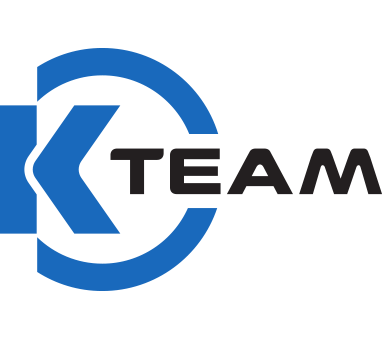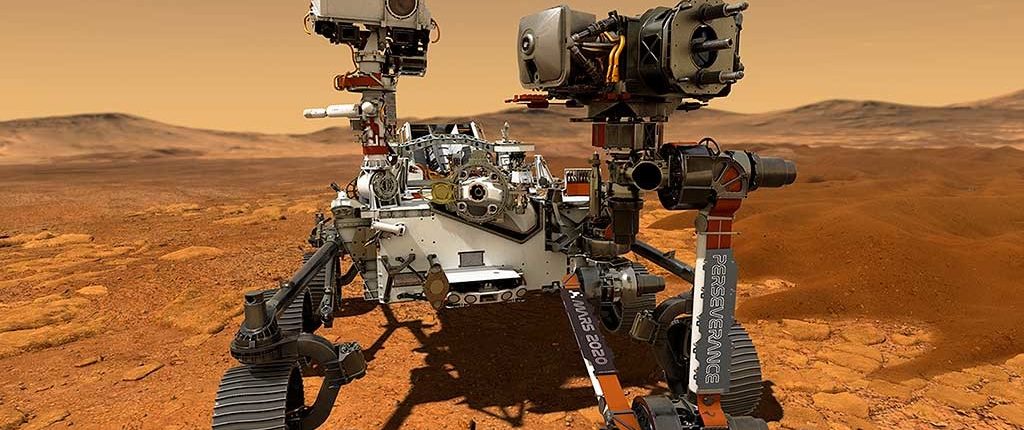Perseverance as an example of the application of autonomous robot systems
Illustration: JPL-Caltech/NASA
In our previous newsletters, we talked about how scientists used Kilobots and Khepera IV as study robots to make their research on robotics and autonomous systems. Different topics were highlighted these last months such as local communication, augmented reality, robot’s state and location, swarm robotics, multi-robot navigation, and collective movements. All these diverse focuses are the main systems in autonomous robotics as moving a group of robots following specific requirements (e.g. as a flock or formation) is one of the basic and yet essential component needed for multi-vehicle applications such as space coverage and exploration, search and rescue scenarios, and management of transportation systems. These different systems are combined in the semi-autonomous robot Perseverance on Mars since February 2021. This robot is able to collect and store soil and rock samples, test new technology for future human and robotic exploration and can navigate autonomously thanks to the Terrain Relative Navigation system. This demonstrates how important robotics research is and the great application it can have to improve human exploration and innovation.

